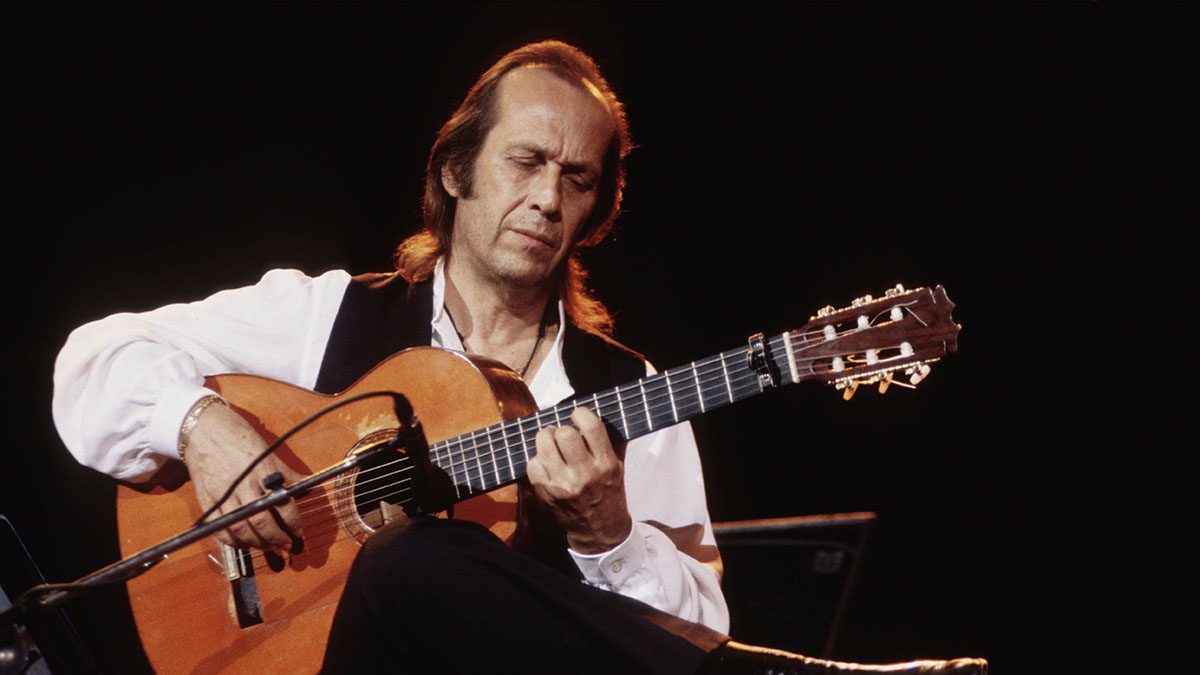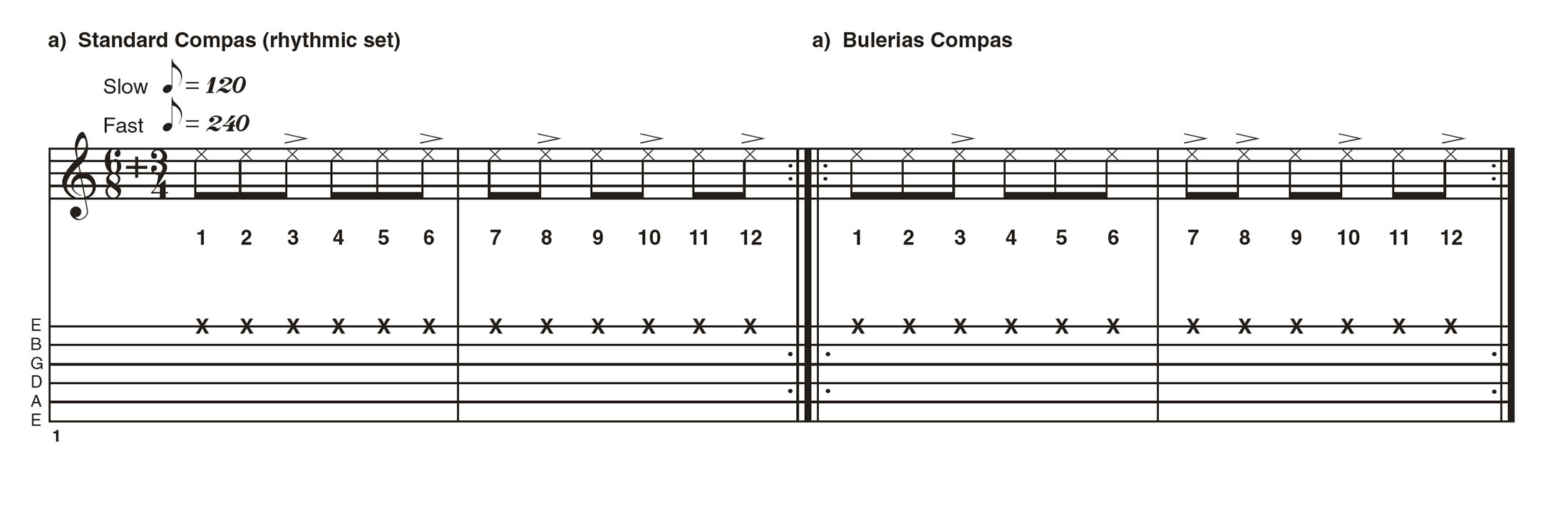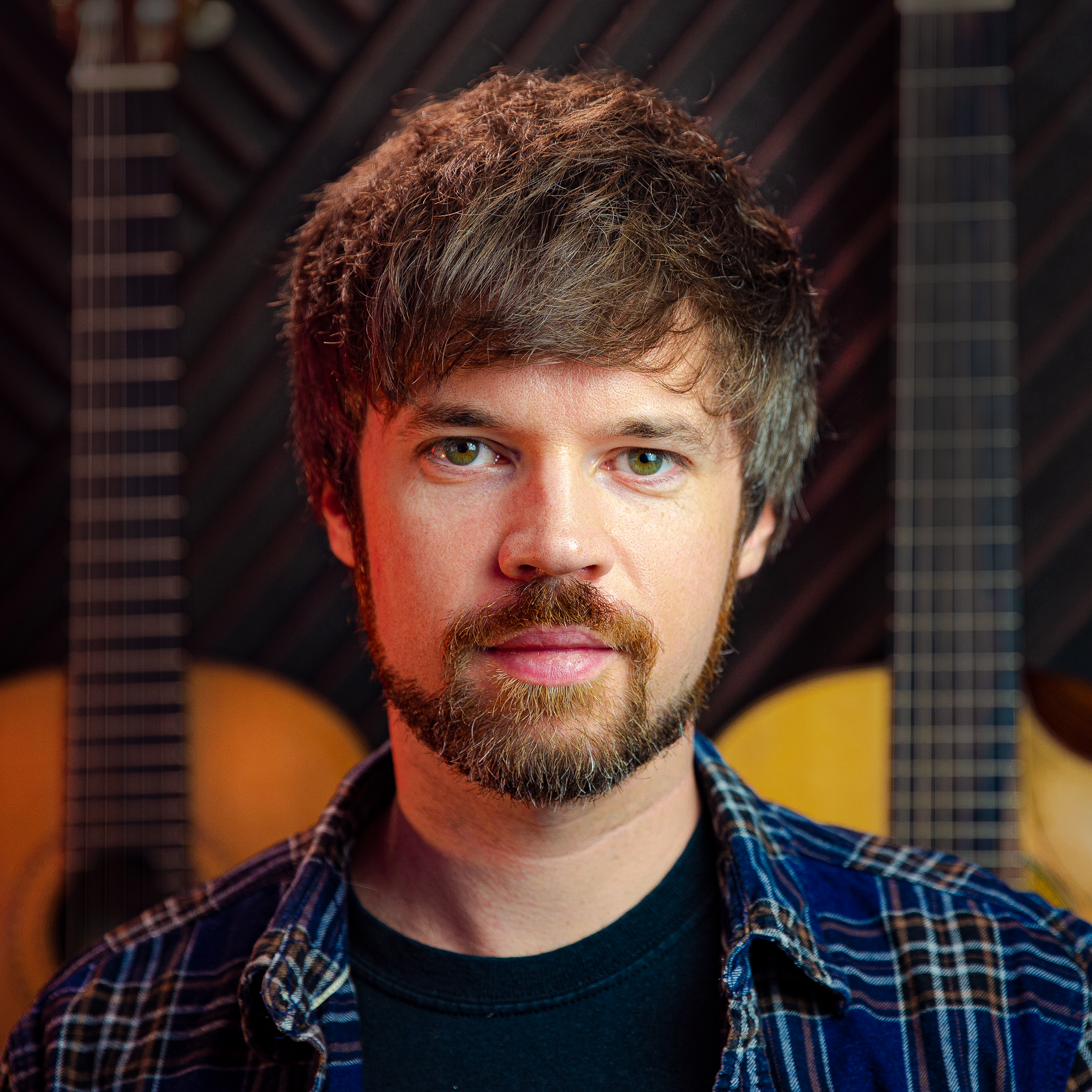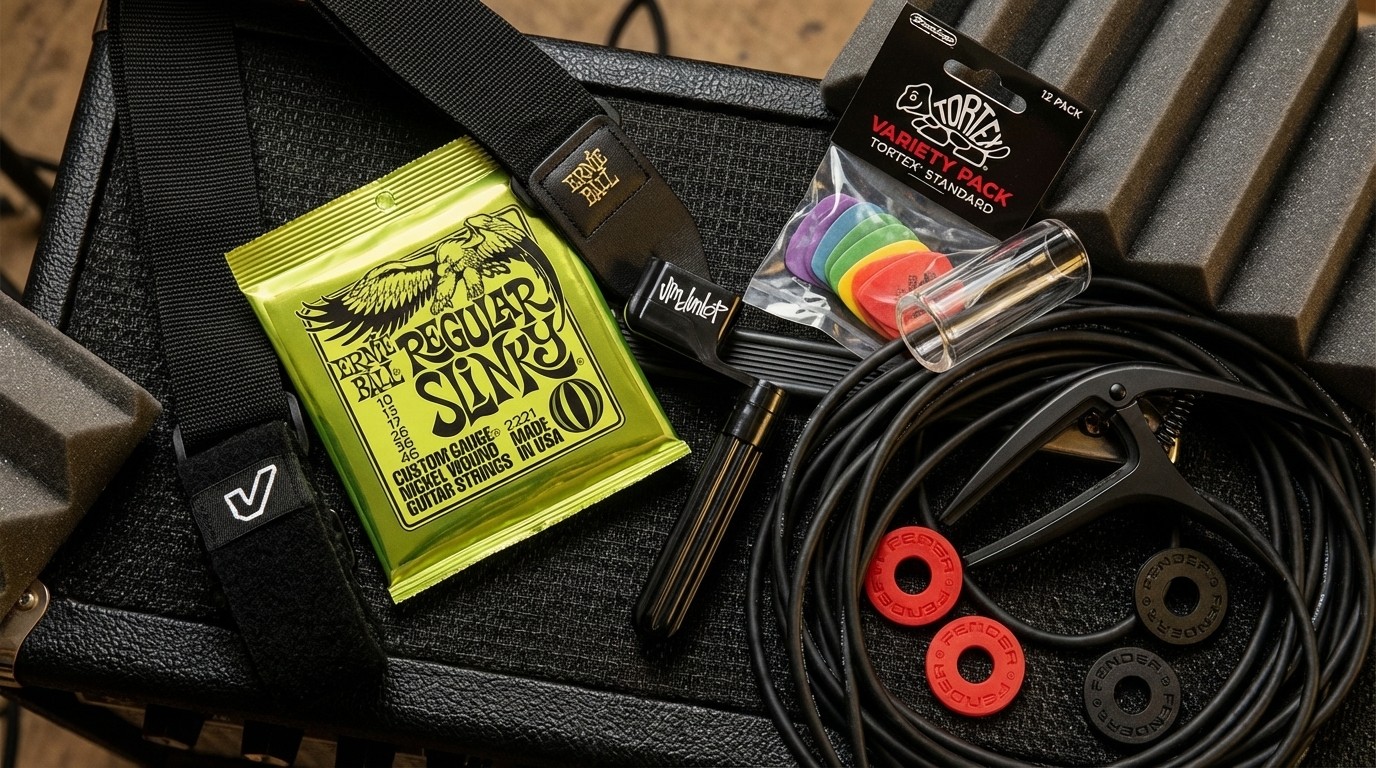Known for his superhuman technique, Paco de Lucía is one of the all-time guitar greats – learn how to add his Nuevo flamenco flavor to your playing
Uncover the explosive possibilities in your fingers with this crash course in flamenco guitar playing

The unmistakably lively and fierce sound of flamenco music has its origins in the southern Andalusian region of Spain, and is seen as such an important cultural phenomenon that it was recently inscribed into the UNESCO Representative List of the Intangible Cultural Heritage of Humanity.
And rightly so. Flamenco music is not just a single style of music, but rather a rich and far-reaching tapestry of different styles of dance (‘baile’) married with poetry and song (‘cante’), and musicianship (‘toque’), with a long history shaped by artists and performers not just in Spain, but also the Caribbean, Latin America, and Europe.
The presence of traditional flamenco spills out into many areas of every day Spanish life, from weddings and parties, to concerts and festivals. Dances such as the Fandango, Seguiriya, Farruca, Soleá, and Sevillanas to name but a few all fall under the umbrella of flamenco, but because each has its own histories and luminaries it is impossible to speak of any one artist as a representative of the phenomenon as a whole.
Despite this, the late great Cadiz-born flamenco guitarist Francisco Sanchez Gomez, better known as Paco de Lucia, took Spain and the world by storm when he modernised flamenco throughout the ’70s and ’80s.
He did this by championing its musical traditions while making it more accessible to a wider audience by creating original music with musicians from multiple genres including classical and jazz.
It was not unusual for de Lucia to appear at international jazz events as well as flamenco festivals. The style that Paco brought about through his development of flamenco eventually became known as Nuevo flamenco (‘New flamenco’).
At the heart of all his successes de Lucia was a master technician of his art, an incredibly prodigious guitarist with an almost superhuman aptitude for virtuosity on the instrument which gained him the accolade of one of history’s greatest guitarists. One of his preferred flamenco styles was the bulerías which is considered one of the more advanced presentations of the Compas (rhythmic sets).
All the latest guitar news, interviews, lessons, reviews, deals and more, direct to your inbox!
In this lesson, I have set about scratching the surface to unlock some of the technical and musical mysteries of de Lucia’s approach to this style, with six exercises of varying complexity, all of which are accessible at their slower 120bpm tempos.
These are followed by a short bulerías-style composition, Bulerinho, which ties together all six exercises. As always, start slowly, and don’t forget to breathe!
Technique focus: Picado
Paco de Lucia had formidable speed in his playing. To play like this requires effortless speed rather than forced speed. An effective way for this to become intuitive is to focus on reduced finger travel when plucking Picado (rest-stroke/apoyando), keeping the fingers close to the string before and after each pluck.
Try tapping the chair you are sat on with alternating fingers as fast as you can but keeping the fingertips as close as possible to the surface after each tap. Now try the same thing but with your fingers further away from the surface. You should notice how uncomfortably tighter the act of alternating the fingers at speed feels. Apply this knowledge to your scale playing for instant results.
Examples and video demonstration
Example 1. Adding flamenco flavour to simple chords
In this first exercise we compare how basic chords sound when put alongside some of the tonal colours of flamenco music. Be sure to bring out the altered notes to hear the real flavour of these chords.
Example 2. Four-note Tremolo
Tremolo is a challenging technique to master. What can help regulate your finger movements is to repeat the first bar with all four different iterations of the pima finger pattern but plucking every note with as tight and sharp a staccato sound as possible.
This keeps the fingers close to the strings for fast finger travel. Once that is feeling consistent revert back to legato plucks but keep the fingertips close to the string. This should set you up to be able to easily increase the tempo.
Example 3. Raz up your rasqueado
In this exercise, for every chord we want to flick each finger across all the strings quickly so that the chord has a sharp attack.
One way to help achieve this is to tuck the a, m, and i fingers behind the thumb and let each one spring out separately. In bars 1-2, once you have flicked the first group of four notes we use the i finger to flick out while tapping the thumb on the soundboard just above the strings (a ‘golpe’).
After each one we do an explosive flicking out of a, m, and i fingers followed by a strong recoiling of the i finger to strum the fourth chord; raising the arm for this final return flick can aid in creating a strong final chord.
Example 4. Counting in 12 using palmas (claps)
Now we put down our guitars and use Palmas (claps) to practise internalising the 12-note pattern of a flamenco compas (rhythmic set) followed by a bulerías compas. Clap every note, giving a stronger clap for the accented beats. Clap along with this month’s piece, Bulerinho, to really get a feel for the rhythm.
Example 5. Golpes
This exercise sees us explore golpes further but in a more isolated fashion. What can help with this exercise is at first trying to keep your hand static above the strings utilising just a rotation of the plucking-hand wrist to manoeuvre your thumb and fingers to where they need to be.
Exercise 6. Fast note runes with picado (rest stroke plucks)
This exercise is an opportunity for us to put into action the idea of minimal finger travel discussed earlier in the Technique Focus section. In your fretting hand be sure to keep your fingers hovering over their frets even when they are not pressing against their notes. Now you’re ready to tackle the final piece, Bulerinho. Enjoy!
Final Piece: Bulerinho
Transcription: Fast
Transcription: Slow
Described by BBC Radio 3's Max Reinhardt as “virtuosic and committed, with stunning sonic awareness”, Declan Zapala is a British classical and percussive fingerstyle guitarist specialising in composition, arranging, audio production, and education. A Masters graduate of London's Royal College of Music, Declan is a classical guitarist by training but has spent a fruitful career defying genre and pushing the boundaries of what is possible on the instrument. As a solo artist, his shows have received no less than seven 5* reviews in recent years, and his solo show 'Fusion Guitar’ won Best Music Show at the Adelaide Fringe in 2015.







